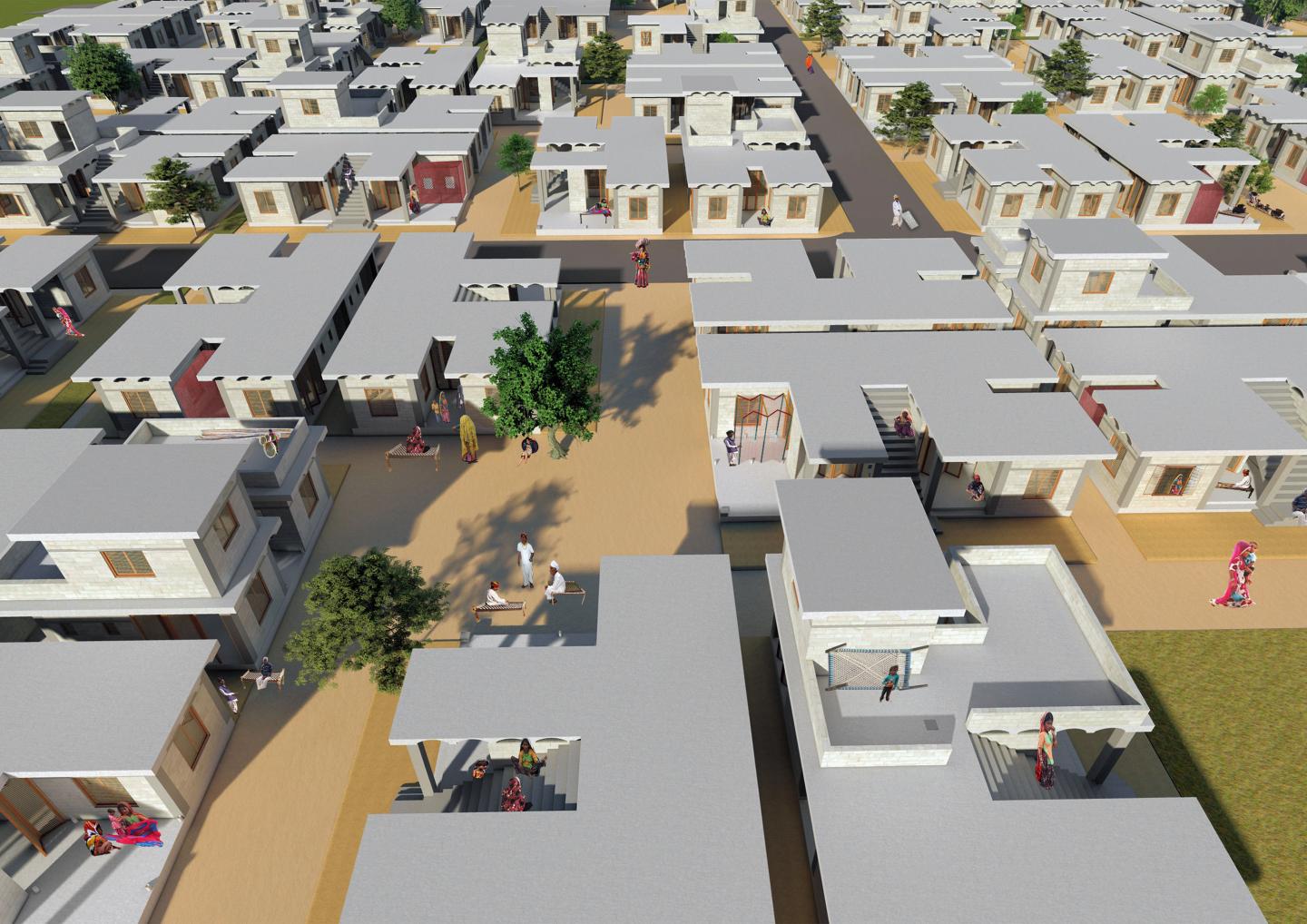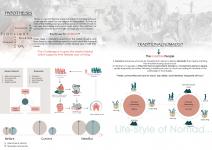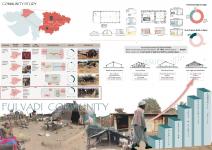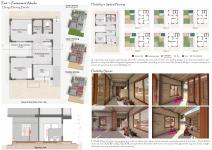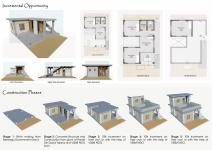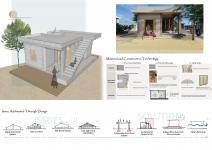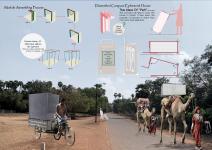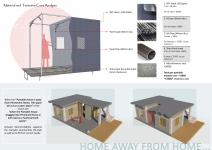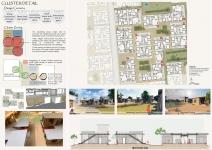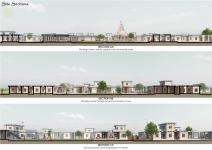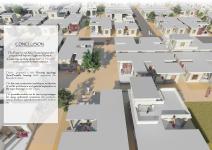India is not just an ordinary democratic country but it's a democratic country based on social and humanistic perspectives.
Indian constitution has given safeguard to all its citizens and emphasized its marginalized section of the society for their welfare which considered Castes, Tribes, Other Backward Classes, Special Economic Backward Classes, Women, People with Disabilities and Minorities to create an equal platform for all. The Constitution made a provision to include the rest of the population for further welfare programmes for their upliftment which was not taken further seriously by the government in its follow-up. Which brought into a result that, the communities like De-notified and Nomadic Tribe (DNT-NTs) could not be involved in direct beneficial programmes for their welfare.
Nomadic and De-notified Tribes (NT-DNTs) are social groups that have been subjected to historical injustices both in colonial and free India.
India is going towards the stage of developed countries but still, NT-DNTs are one of the marginalized social categories, which have been excluded from the mainstream of development since pre-independence.
Until some 30-40 years back Nomads were an essential part of our existence as their presence ensured that the society functioned like a well-oiled machine. However, the advent of an industrial society rendered these communities' dexterous and skilled livelihoods are futile and has led to gradual obsolescence.
Since these communities were never a part of any settled society and now that their skills were no longer required, they began vanishing from the memory of civil society, lawmakers and planners. The nomads stay in make-shift settlements away from revenue villages or hamlets or towns as a result their names were never a part of any census study nor was their existence ever accounted for!!
Now the community wants to settle down with the continuation of their traditional practice. the stable and secure place will give the opportunity of education, which will bring occupations opportunities, which will bring dignity in mainstream society, leading to community upliftment.
“It's not that they (Nomads) don't want to be a part of society but now they are not allowed to be.”
Nomadic communities are struggling for their Identity, habitat and livelihood sources in society for ages. These communities cannot get benefits from government welfare policies and programs because they were never enrolled in the census.
Now, with the help of local NGOs, they are started getting identities. Currently, in India, 8-10% of the total population is nomadic communities and many are still not in the census. A study of the community shows that it will lead them towards their upliftment if the communities get the habitat.
“Since a long architecture is used as a tool to manifest a power or an identity mostly for any religion or corporation. In India as One of the fastest-growing countries we as an architect have to blur over boundaries and play a major role in the upliftment of our society socially, economically, ecologically and culturally.”
PROJECT VISION:
As a community upliftment project, this design thesis aims to address the social aspects and provide architecture intervention that represents and supports the unique lifestyle of the nomadic and semi-nomadic communities with an understanding of social, economic, political and ecological aspects of the community.
The project is a rural housing project for the nomadic and semi-nomadic tribes for the betterment of the tribal group.
IDENTIFIED SITE:
The site is located near the Kakar village of Banaskantha, region of Gujarat.
The project is a social-based project, the demand of the project raises as the need of nomadic tribes changes over time.
The site is a Government Barren land on which the tribes are Living for 8years and now with the help of VSSM NGO(Located in Ahmedabad, Gujarat. Who are actively working for Nomadic tribes of Gujarat), they are started getting land from Government.
CONCLUSION:
“HOME away from HOME” is a proposal of semi-portable habitat which allows the take a part of the house in transit and that became a different housing typology, which represents the lifestyle of the nomadic community. Research shows that the house will bring community towards upliftment thus, the proposal tries to reduce the gap between Nomads and mainstream society so that they can have comfortable living, dignity, and secure stable life with their cultural, social, economic background which will bring many opportunities for the tribes.
2020
2021
Site Area: 60,000 Square meters
Housing Structure:
Site Master layout
Community Infrastructure
Semi-Portable Dwelling Unit: ( Per Unit Area: 85 square meters)
1) Permanent Abode
2)Portable Module
Design by:
Shreya R. Patelwala
Supervision:
Prof. Vishal Shah
